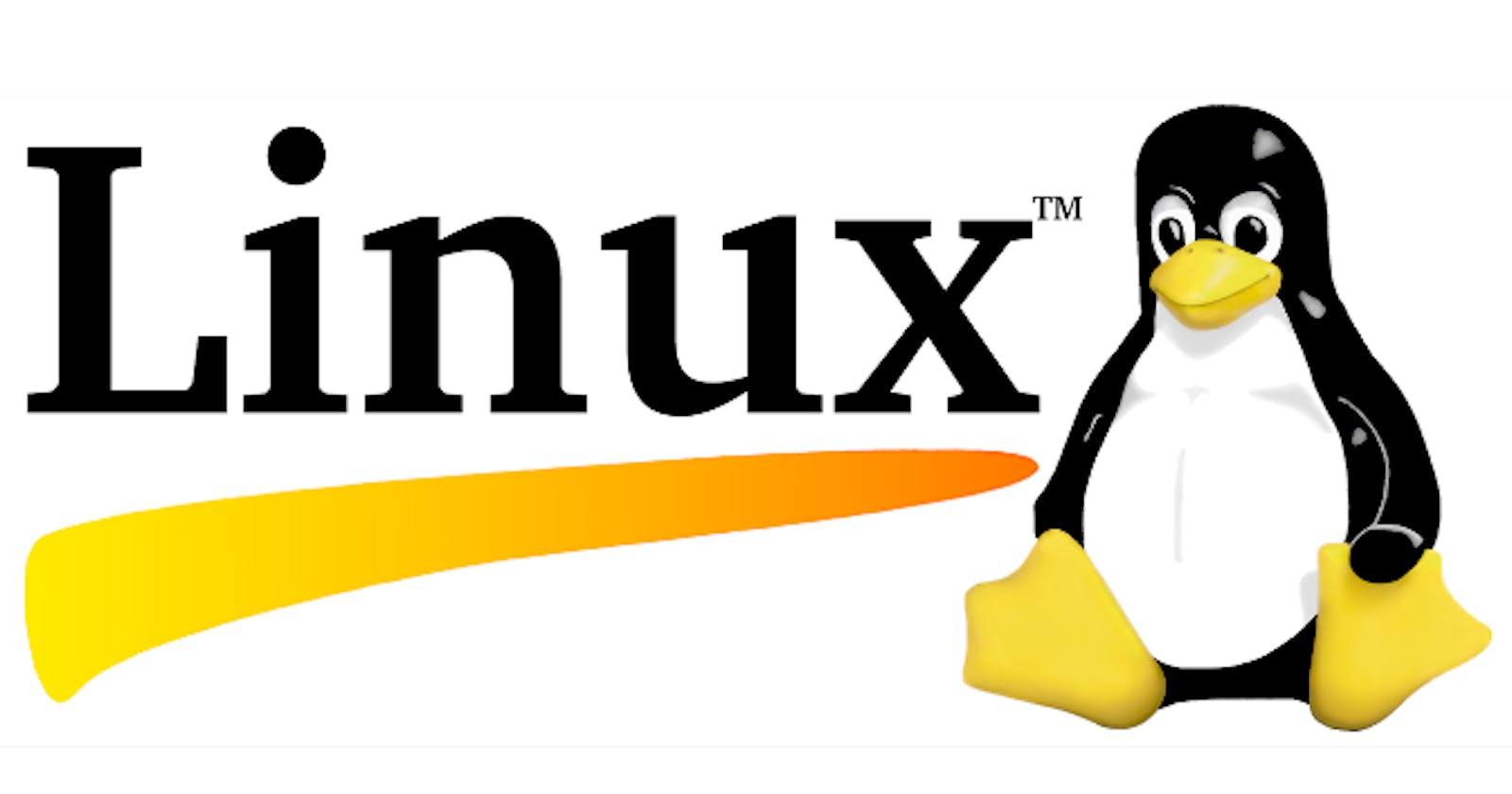Welcome everyone for this amazing Linux Essential series
Prerequisite - None
What is Linux?
Linux is a family of open-source Unix-like operating systems based on the Linux kernel, an operating system kernel first released on September 17, 1991, by Linus Torvalds.
Why Linux?
Linux is one of the essential skills to be acquired if you want to break into the cybersecurity field or any other IT job. It's not just for everyone to learn, but it comes in handy if you have experience with Linux.
Windows(Gui) vs Linux(Cli)?
GUI lets a user interact with the device/system with the help of graphical elements, like windows, menus, icons, etc. The CLI, on the other hand, lets a user interact with their device/system with the help of various commands. Some OS provide their users with only CLI, while some offer both CLI and GUI.
Windows got Command Line Interface, but most of them use a Graphical user Interface in windows. Linux got Graphical User Interface,but most of them use Command Line Interface Linux
Advantage of CLI over GUI
Greater control of an OS or application
Faster management
Ability to store scripts to automate regular tasks
Basic command-line interface knowledge to help with troubleshooting, such as network connection issues
To Keep Everything short and interesting, we will now jump over to the practical section.
TOP 10 Commands In Linux:
Basic Linux commands
- ls (Lists all files and directories):
Command | |
ls -a | List hidden Files |
ls -R | List Files in sub-directories and the current directory |
ls -al | Information about permission, owner, size etc. |
- cd (Change Directory):
Command | |
cd <Directory_name> | Move to a particular Directory |
cd / | Move to Root Directory |
cd ~ | Move to the Home Directory |
cd .. | Move One Level Up |
- cat (Concatenate):
Command | |
cat > file_name | Creates new file |
cat file_name | Displays the content of the file |
- mv (move):
Command | |
mv file new_path | Moves file from old location to New location |
mv filename newfilename | Rename the file name |
- rm (remove):
Command | |
rm filename | Removes the file |
rm -r foldername | Recursive Delete(Used for folder Deletion) |
sudo :
Allow normal user to privilege escalate to superuser or root
man:
Displays the manual page for a tool
history:
Displays the command history in current terminal session
apt-get:
It is used to install and update packages
clear:
Clears the terminal screen
So, these are the top basic Linux commands to get started with linux terminal .
Take notes, and practice more !!!!!
See you next week with file permission commands available in Linux (Linux #002). Happy Learning. Cheers🙌❤️
